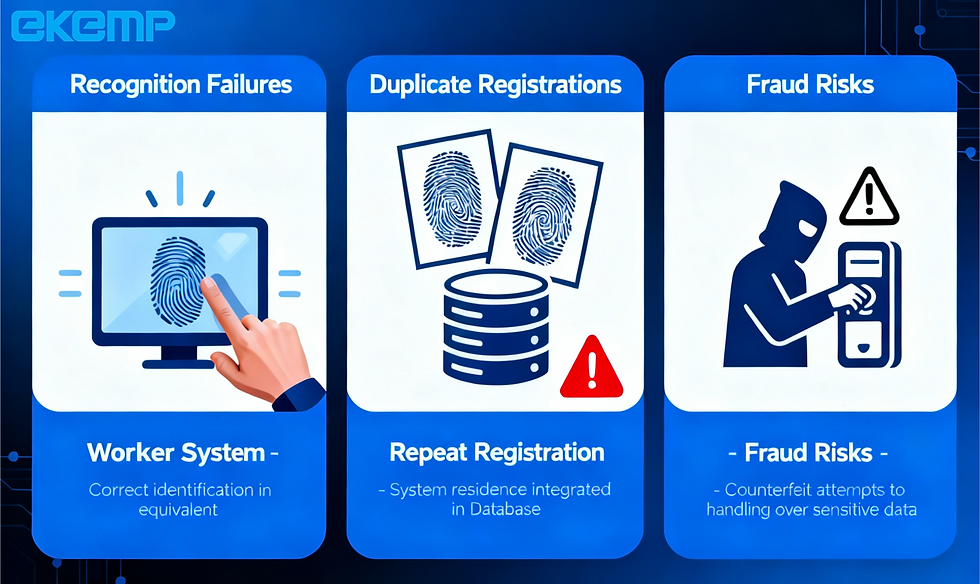Iris Recognition Technology is the Most Accurate Biometric Technology Currently
- Crystal Zhu
- Feb 5, 2021
- 2 min read
Updated: May 7, 2025
The iris is a circular part located between the black pupil of the eye and the white sclera. It generally presents a radial structure from the inside to the outside. It is composed of quite complex fibrous tissue and contains many interlaced similar spots and filaments. After the iris is formed during the developmental stage of the fetus, it remains basically unchanged throughout the life course. These determine the uniqueness of iris characteristics, and also determine the uniqueness of identification.

Among all biometric technologies including fingerprints, iris recognition technology is currently the most accurate one, because unlike fingerprints, the iris cannot be copied, and when a person dies, the pupils will naturally enlarge, resulting in the iris disappears, so only the living body can be recognized by the iris, and the iris picture on the photo or video cannot be unlocked.
Iris recognition technology is to determine the identity of users by comparing the similarities between iris image features. An iris has about 266 quantitative feature points, while the general biometric technology has only 13 to 60 feature points. When the algorithm and human eye features allow, the algorithm can obtain 173 independent feature points with binary degrees of freedom, so iris recognition has high accuracy.
The process of iris recognition technology can generally be divided into four steps: iris image acquisition, image preprocessing, feature extraction, and feature matching.

First, the biometric device needs to take a picture of the entire eye through a specific camera, and transmit the captured image to the preprocessing software of the iris recognition system;
Then the preprocessing software locates the iris on the image and enlarges it to the specific recognition of the system;
After that, the system will use a specific algorithm to extract the feature points required for iris recognition from the iris image, and encode them;
Finally, the feature code obtained by the feature extraction and the iris image feature in the database The codes are matched one by one to determine whether they are the same iris, so as to achieve the purpose of identification.






